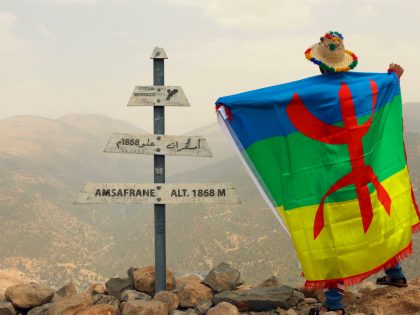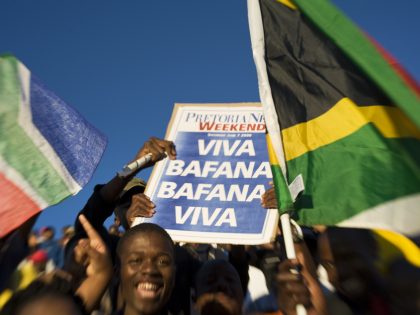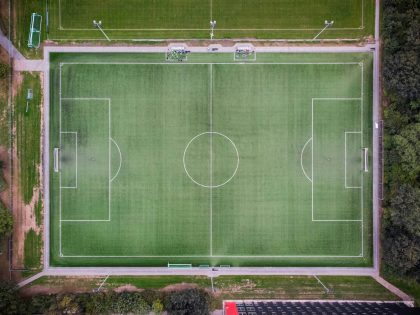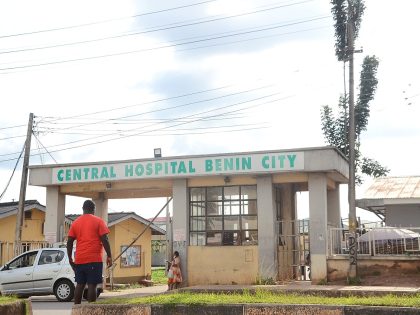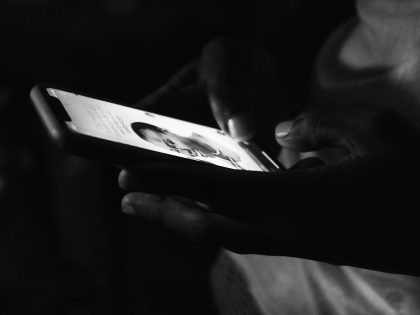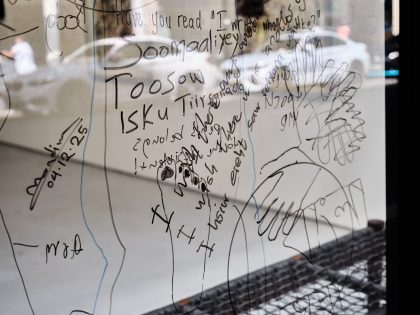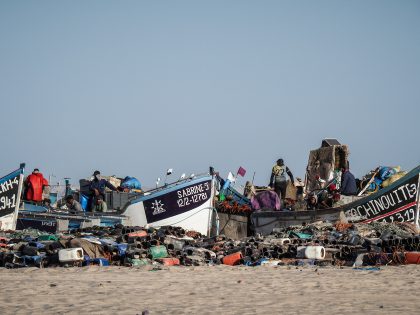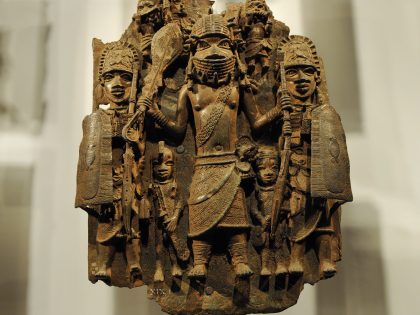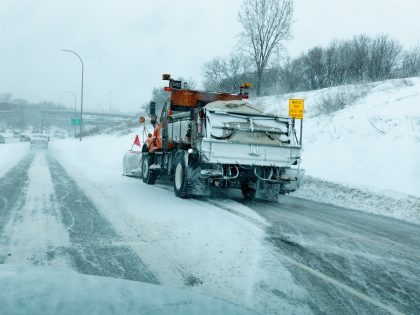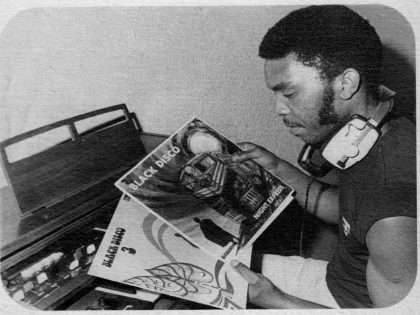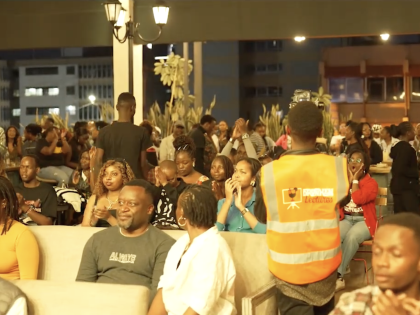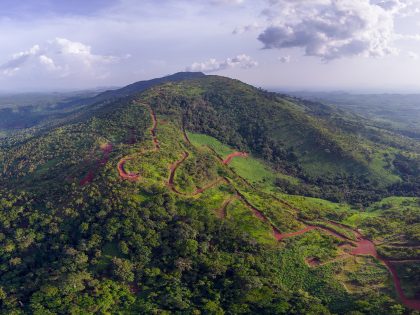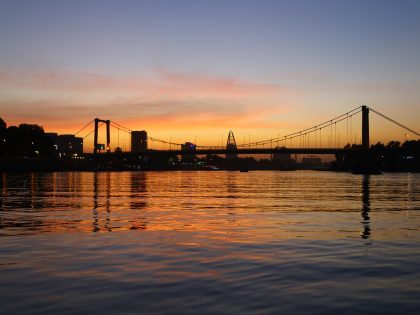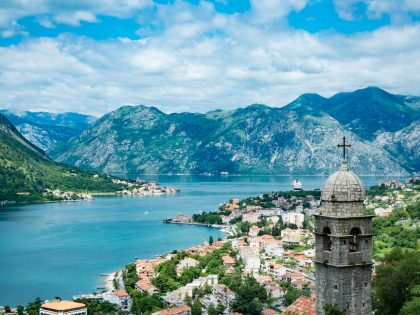Running with white people
South Africans have chosen ignorance. We have decided to not know what’s on the other side of the road. To be safe in our enclaves, and only venture out to edify our prejudices or prop up credentials.

Image by Digitalrob70, via Flickr CC.
Two weeks ago, I was part of a 20,000 person strong crowd that participated in the Sophomore Nike Run Jozi. The first one was a 10km run (with an extra kilometer or so) through the Johannesburg CBD. From Braamfontein, through Troyeville, Yeoville and Hillbrow; the finish line was at Mary Fitzgerald Square in Newtown. We ran under a banner of reclamation and greatness. Armed with neon green tops and over-priced running shoes, we ran as corporate soldiers. Unified, running to “take back the city” and “reclaim our streets.”
It’s unclear where the city went in the first place. No-one knows who stole it. And what of the streets? Did they always belong to us, these misplaced streets? This time around, we ran not under the dark shroud of night, but rather in the brutal, revealing light. We gathered on the bottom of Katherine Street in Sandton, shielding our eyes from the sun.
The route was to take us through Alex to Innesfree Park. 20 000 people; anxious, excitable and loud. Loud that is, until it was time for the national anthem to be sung. I imagined it was the nerves, the heat, the exhaustion but somehow, these factors miraculously disappeared in time for “Die Stem”. A thundering roar built up into crescendo, crashing like a wave over “In South Africa Our Land”. False start.
Alexandra Township lies just east of Sandton, separated from the Capital of Glam by two intersecting main roads. Proclaimed a “native township” in 1912, it was one of few urban areas in which black people could own land. In its 100 year history, the township has survived many demolition attempts. Its proximity to wealthy white suburbs made it a target for eradication. But it lived through the Group Areas Act, and breathed through the bulldozers. It came to a standstill in the Bus Boycotts and burnt in shame during the xenophobic attacks of 2008.
Alexandra is, for many, a place of pride. A nucleus for active resistance which housed many great leaders and writers. I know we’re not allowed to think this anymore. We’re no longer permitted to be in love with the township. We stand accused of romanticizing the unacceptable. Indicted for believing that some kind of culture breeds there. Do not make the hood look pretty. Do not portray it as if real people live there. If it’s not about poverty or violence, then it’s glossing over the facts and the hardships. Because apparently these things are mutually exclusive. You can’t be both hood and happy.
Running through Alex, known to its residents as Gomorrah, with a bunch of white people is an interesting experience. The previous day, 1 in 9 activists had been told to “go back to the townships” at Jhb Pride. A few minutes earlier at the starting line, a majority of the runners (who were white) refused to sing the beginning parts of the national anthem. I was feeling unsettled. Discouraged. Heavy under the weight of wealth and privilege.
It’s a lot to live with, let alone run for. On 18th avenue a burst pipe spews clean water onto the half-tarred road. “Oh my,” comments a blonde runner, “I can’t believe these people choose to live like this.” Another is concerned about the smell. “I’m going to struggle to get the stench of Alex off me when I get home.” You see, as much as this could have been a bridge built, for me it only highlighted the contrasts. That two communities a street apart can be so separate. South Africans have chosen ignorance. We have decided to not know what’s on the other side of the road. To be safe in our enclaves, and only venture out to edify our prejudices or prop up credentials.

